Linen, Egypt, and a Foray into the Middle Ages
By Lisette BC Abbott
Linen. The word alone can be intimidating if you’re not a seamstress or tailor. It conjures up exotic locales, perhaps with the ocean’s waves lapping at the coastline, while the sun brilliantly illuminates the pearlescent white caps of the waves. Or, at least that what it does for me. I come from a long line of non-sewing women, so when I started getting that urge to create clothes, it was almost shocking. Well, almost doesn’t quite fit. It was shocking. I still rarely sew, and I just learned to knit, but I’ve fallen in love with materials and linen–that soft, sumptuous byproduct of the flax plant!
Linen–true linen, not the generalizing term applied to cotton and other fibers–is soft, malleable, and very cooling, wonderful in the southern climes. Because linen has been around for eons, our ancestors used the material in their day-to-day dress. Is it any wonder, then, that historical societies also use linen? These historical societies fervently pursue authenticity by using the same materials that were actually used in the past, but in today’s world whether it’s the greenhouse effect or what, the temperature sure feels like it’s getting hotter. Frankly, modern humans aren’t as used to this heat as our ancestors may have been. With our air-conditioned cars, offices, and houses, we’ve gotten used to always being cool. So when we participate in our hobbies, like historical societies, we still want to remain cool. That’s something hard to do when we’re dressing in twenty pounds of clothing and romping around in faux villages. That’s where linen comes to the rescue. So while we’re remaining authentic by patterning our historical re-enactment clothing on historically-accurate linen, we sure do benefit from using linen.
Have you ever been to an historical re-enactment? They’re quite fun, actually. And with history now becoming “popular,” there are many more from which to choose. The SCA, or Society for the Creative Anachronism, is a big organization that hosts countless historical re-enactments of the middle ages. Actually, they’re not really “re-enactments,” per se. The events the SCA hosts are more like “living history” tableaux. In other words, when members get together at these events, they’re no longer members of the 21st century. Rather, they become the personae that they’ve adopted for themselves. These personae are with them during their membership in the SCA. For example, I–as Lisette BC Abbott–no longer exist when I participate in an SCA event. Instead, a middle-class persona named Lady Isabella D’Artagnon, newly of the Kingdom of Meridies, emerges. And Lady Isabella will not wear jeans, the everyday attire of Lisette. Lady Isabella wears her rectangular-sleeved linen chemise that’s banded at neckline and cuffs, and which gently falls into a billowing skirt. Over this chemise Lady Isabella wears her simple overcoat that’s laced up and ends just below the last rib.
Linen is prevalent in SCA costumes and at the Renaissance Fairs. However, the middle ages and the renaissance weren’t the first times in history that linen’s been used for clothing.
Linen’s a natural fiber, and because of its natural state, it’s adaptive to all environments. And to all points in time. As I mentioned earlier, our ancestors knew what they had with linen. In Ancient Egypt, Egyptians’ clothing was primarily made of linen. In fact, linen was a valuable commodity, if not a downright priceless commodity. In fact, many members of the laboring class were paid in either food or clothing for their agricultural work. Nevertheless, those who had more money were able to dress up their otherwise plain linen shifts with dazzling jewelry like onyx bracelets or amethyst rings. They also were able to wear golden or shell bracelets or earrings to provide startling visual contrast to their linen shifts. However, the wealthier class didn’t necessarily wear more jewelry than the poorer class. Instead what visually set the wealthier class apart from the poorer class was their clothes. Namely, the wealthier could afford to wear white or transparent linen. After all, workers were needed to thoroughly scrub the white linen so it would remain pristine. And just imagine how long it took to create cloth so fine and delicate it was transparent!
But why did linen play such an important part in Egyptian clothing? For the simple fact that linen was readily available. Keep in mind that linen comes from the flax plant. As the flax plant grew alongside the Nile River, agricultural workers harvested the plant. From there, the plant was soaked, fibers were separated then beaten to a softness, attached to a spindle where the fibers were twisted into a rope, and then spun on a loom. From that lengthy process, linen was born and Egyptian clothing was made.
Thankfully, those of us who participate in historical re-enactments or simply like to attend Renaissance Fairs need not harvest our own flax plants, soak and beat them, then spin them on our personal looms. Instead we can purchase yards of the softest material we want (or can afford!) and have our clothing made from it. If we’re really lucky or blessed, we might be handy with a needle or sewing machine and make our own clothing. If not, we cultivate friendships with people who are domestically talented and beg or barter for our re-enactment clothes.
While I don’t know of any historical re-enactments for ancient Egypt, there are plenty of people who strive for authenticity in ancient Egyptian-styled clothing. Think of all those wonderful A & E documentaries exploring the lives of such Egyptian luminaries as Cleopatra, Tutenkhamen, and daily life along the Nile River. And what about those fabulous Eyewitness books? Or the Treasure Chests series, particularly the Ancient Egypt or Medieval Knight kits? In our own home, my family loves to explore these videos, books, and Treasure Chests, often putting together our own, noticeably home-made and highly amateurish (but fun nonetheless!) Egyptian tunic and Templar Knight mantle. In order to produce credible and authoritative videos, books, and kits, there are real people diligently scouring history books, artwork, and fashion history researching ancient Egyptian clothing. Since many of these videos are primarily educational (while being downright fun to watch), the wardrobe mistresses or masters must strive for authenticity. The same goes for the books and, yes, the Treasure Chests. And also because credible historians are lending their names to these video and book projects, editors and the rest of the production staff involved in the making of these productions must strive for authenticity.
So fabulously historically-authentic clothing demands the material of which actual Ancient Egyptians and medieval dwellers used. Linen. While we in the 21st century need not pull our own flax plants (never cutting them as that ruined the plant), nor must we beat the plant in order to get it as soft as possible–which translates to soft material–we can and do search for the softest linen to drape around our shoulders or let fall along our hips.
We may not be Cleopatra or some fine medieval lady, but it sure is fun to play Queen for the Day. And that calls for wearing the most sumptuous and exquisite linen we can find. After all, we’re striving for authenticity, too.





















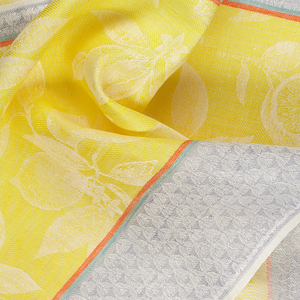
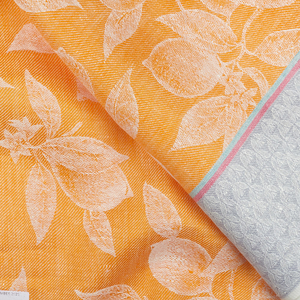
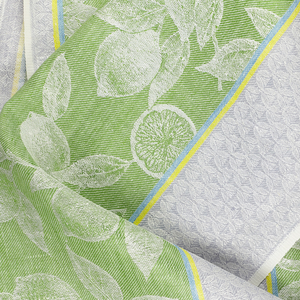
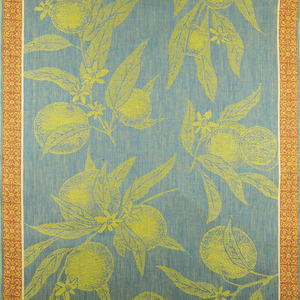
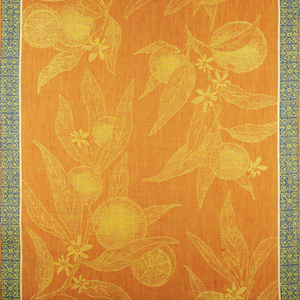
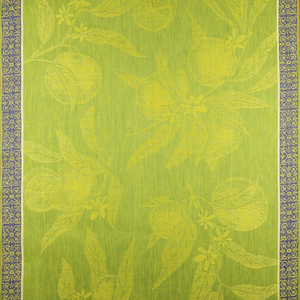













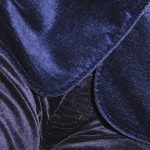

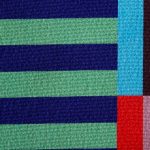

Leave a comment